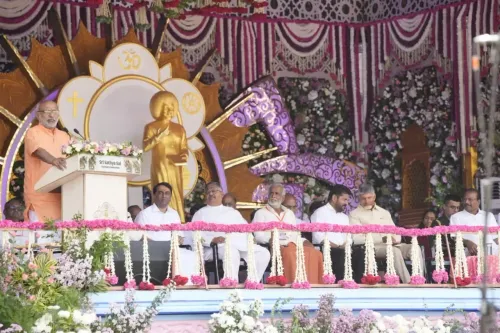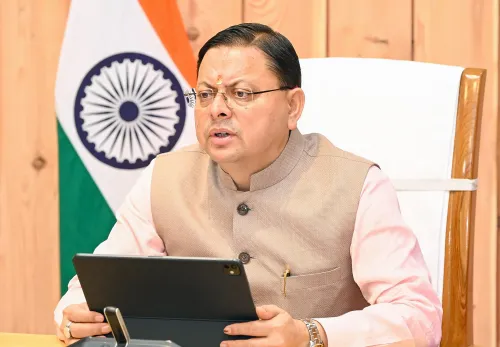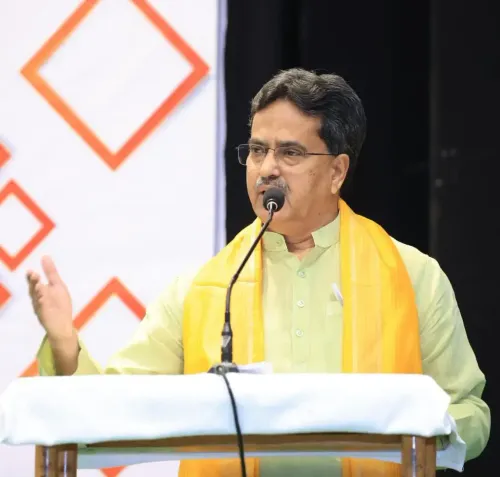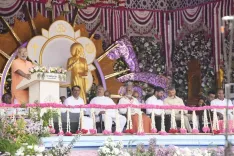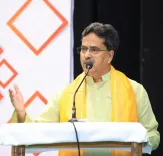What New Initiatives is the EC Implementing for Bihar Elections?
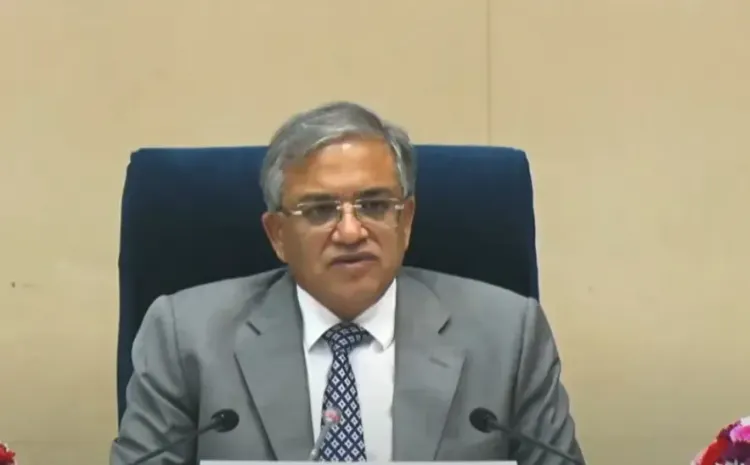
Synopsis
Key Takeaways
- Delivery of Voter ID Cards: Voter ID cards to be delivered within 15 days.
- Polling Booth Capacity: Maximum of 1200 voters per booth to reduce crowding.
- ECINet App: A new app for real-time updates on polling day.
- Increased Training for Officials: Enhanced training for BLOs and police officers.
- Streamlined Processes: Improved transparency and voter experience through technology.
New Delhi, Oct 6 (NationPress) The Election Commission of India (ECI) has unveiled a comprehensive array of initiatives aimed at simplifying the voting process and improving voter convenience. These measures will be introduced during the Bihar Assembly elections and are expected to be adopted in future elections across the country.
Among the key initiatives are the delivery of voter ID cards within 15 days, capping the number of voters at 1200 per polling booth, and the introduction of the ECINet App as a centralized resource.
Here are the 17 initiatives that the Election Commission plans to implement in the Bihar elections and subsequently nationwide:
1) Booth-level agents (BLAs)
The booth-level agents, selected by various political factions, have been trained to aid in the electoral roll preparation process, including utilizing the appeals provision under the Representation of the People Act, 1950.
2) Booth level officers (BLOs)
Over 7,000 BLOs and their supervisors across the nation have received training at IIIDEM in the capital, focusing on electoral initiatives like the Special Intensive Revision (SIR).
3) Police officers training
Special training sessions for the Bihar Police were conducted to enhance law and order preparedness for the Assembly elections.
4) SIR drive in Bihar
The SIR drive involved a thorough cleansing of the Bihar electoral rolls to eliminate ineligible voters and ensure a pristine electoral register.
5) Increased remuneration for polling officials
During the SIR drive, the remuneration for BLOs was doubled, and honorarium for EROs and AEROs was introduced for the first time.
6) EPIC delivery within 15 days
Under the new SOP, Election Photo Identity Cards (EPIC) will be dispatched within 15 days of application submission, with SMS updates provided at each delivery stage.
7) Photo ID cards for BLOs
BLOs will receive standardized identity cards to improve transparency and build public trust.
8) Mobile deposit facility at polling booths
In Bihar and future elections, designated counters will allow voters to securely deposit their mobile devices before casting their votes.
9) Clearer Voter Information Slips
From the Bihar elections onward, voter information slips will prominently display serial numbers for easier verification.
10) One-stop Digital solution
The newly revamped ECINet App will offer real-time updates on polling day, with presiding officers uploading voter turnout data every two hours, providing a clear view of polling trends.
11) 1200 voters limit at polling stations
The maximum number of voters allowed at any polling booth has been capped at 1200 to mitigate crowding.
Additional polling booths will also be established in high-rise buildings and residential areas.
12) Candidates’ booths within 100 metres
Contesting candidates are now permitted to set up booths just beyond 100 meters from polling stations, providing unofficial identity slips to voters on election day.
13) Webcasting facility expanded to 100%
The EC has extended webcasting to all polling booths to monitor critical activities, ensuring compliance with electoral regulations.
14) Revised EVM ballot paper guidelines
New guidelines have been established to enhance the readability of EVM ballot papers, which will now feature colored photographs of candidates for the first time.
15) VVPAT count for discrepancies
In cases of discrepancies between Form 17 C and EVM data, VVPAT slips will now be counted according to new regulations.
16) Streamlined postal ballot counting
It is now mandatory to count all postal ballots before the final two rounds of EVM/VVPAT counting.
17) Digital Index Cards
Previously, the release of digital index cards was a lengthy process, but advancements in technology have made this task more efficient.
This technology-driven framework will enhance the accessibility of election-related data at the constituency level for all stakeholders shortly after elections.

